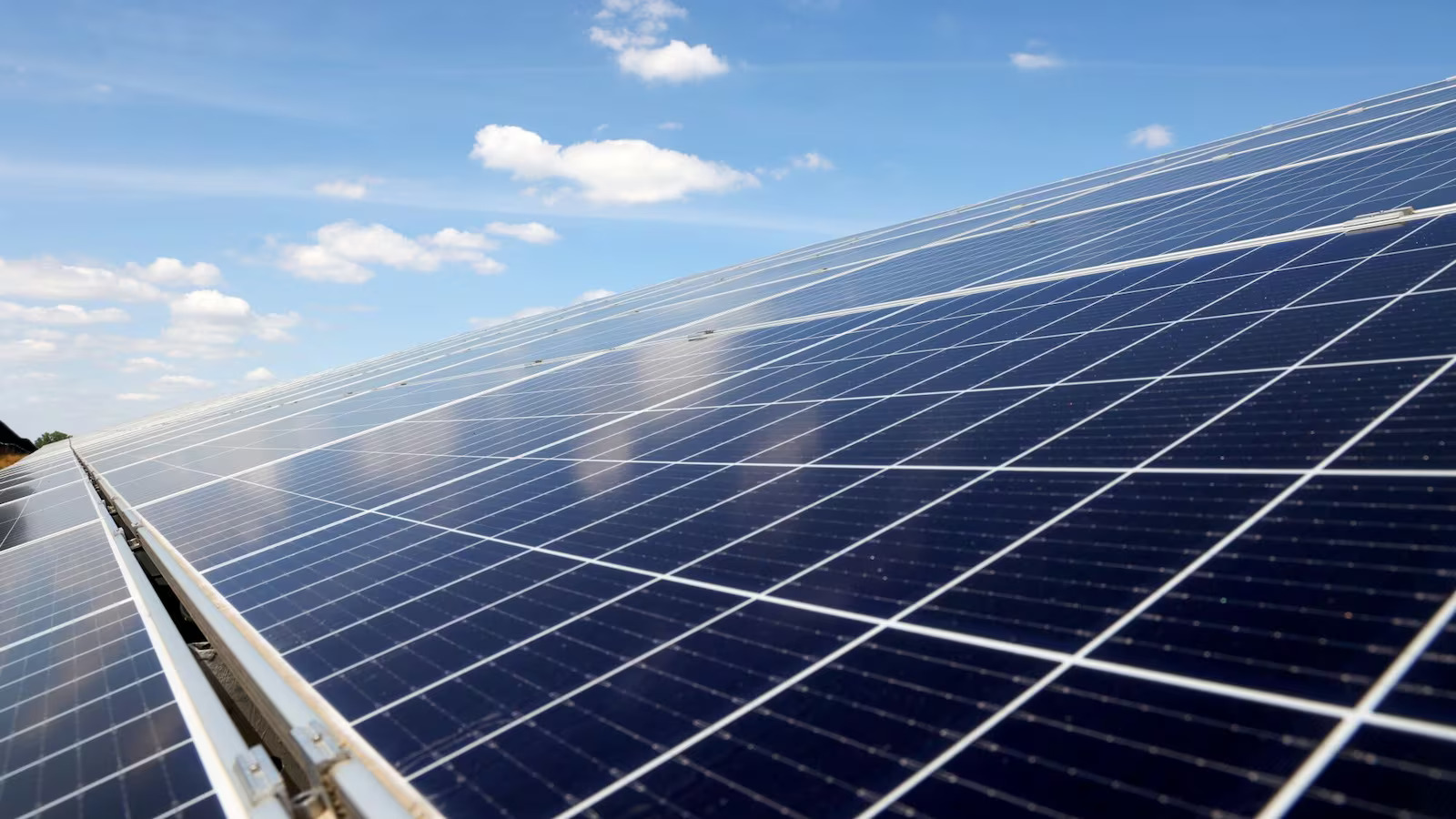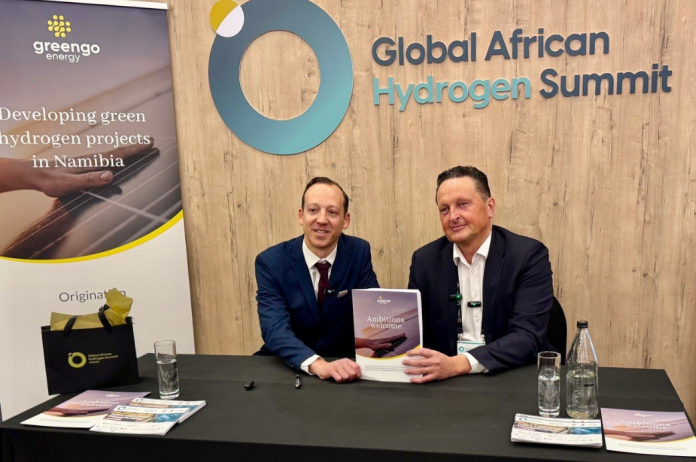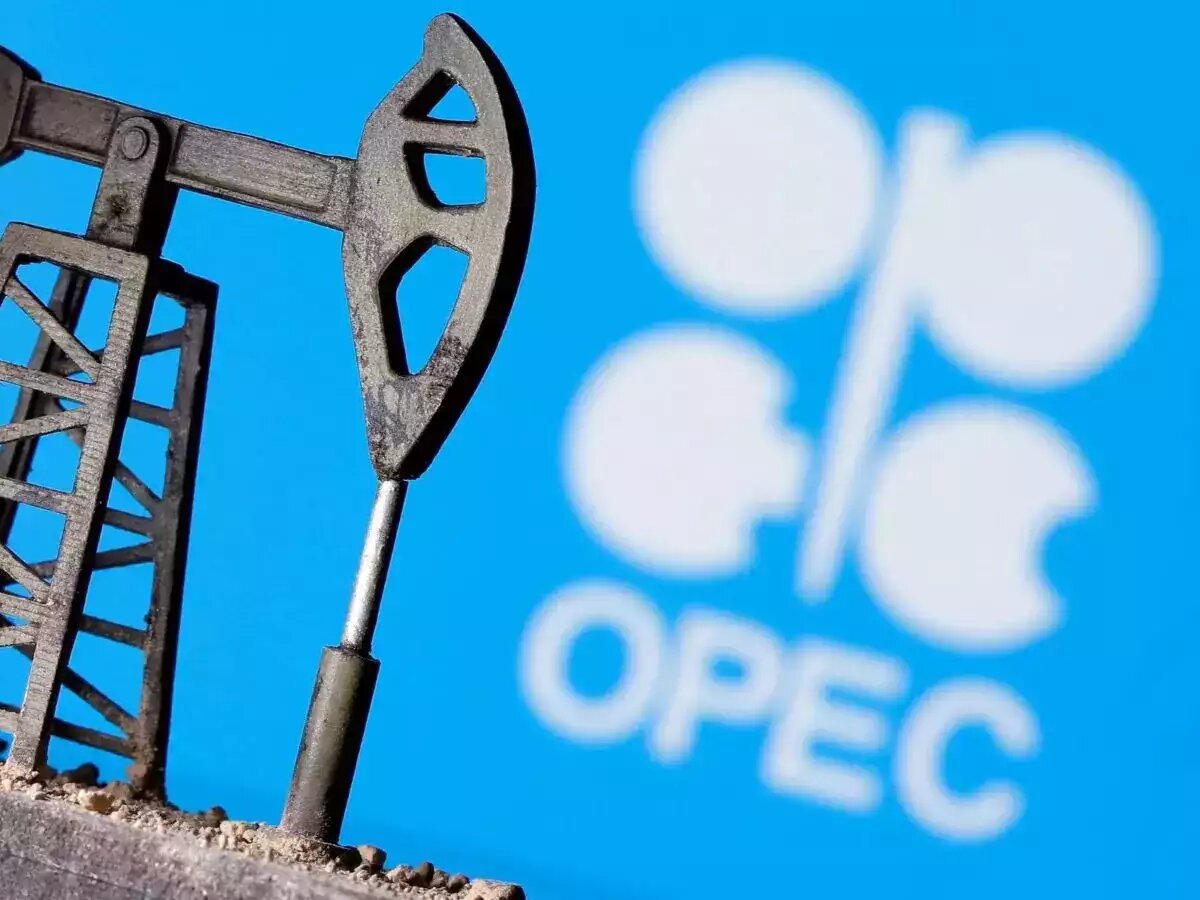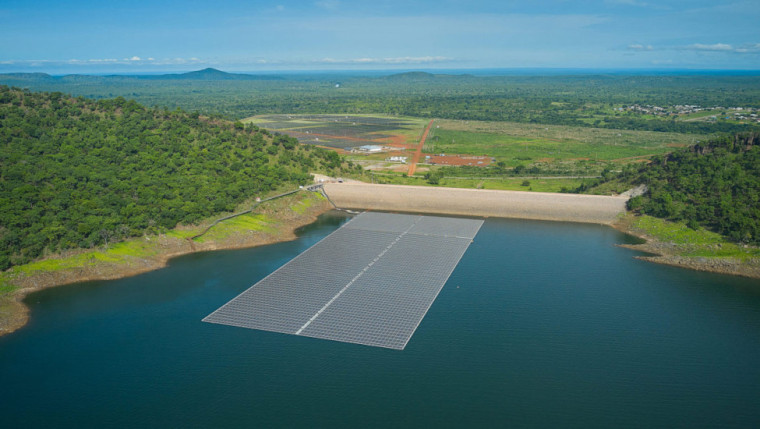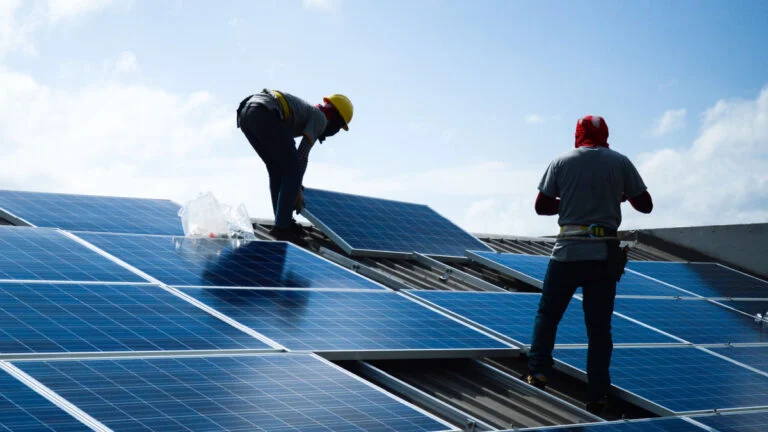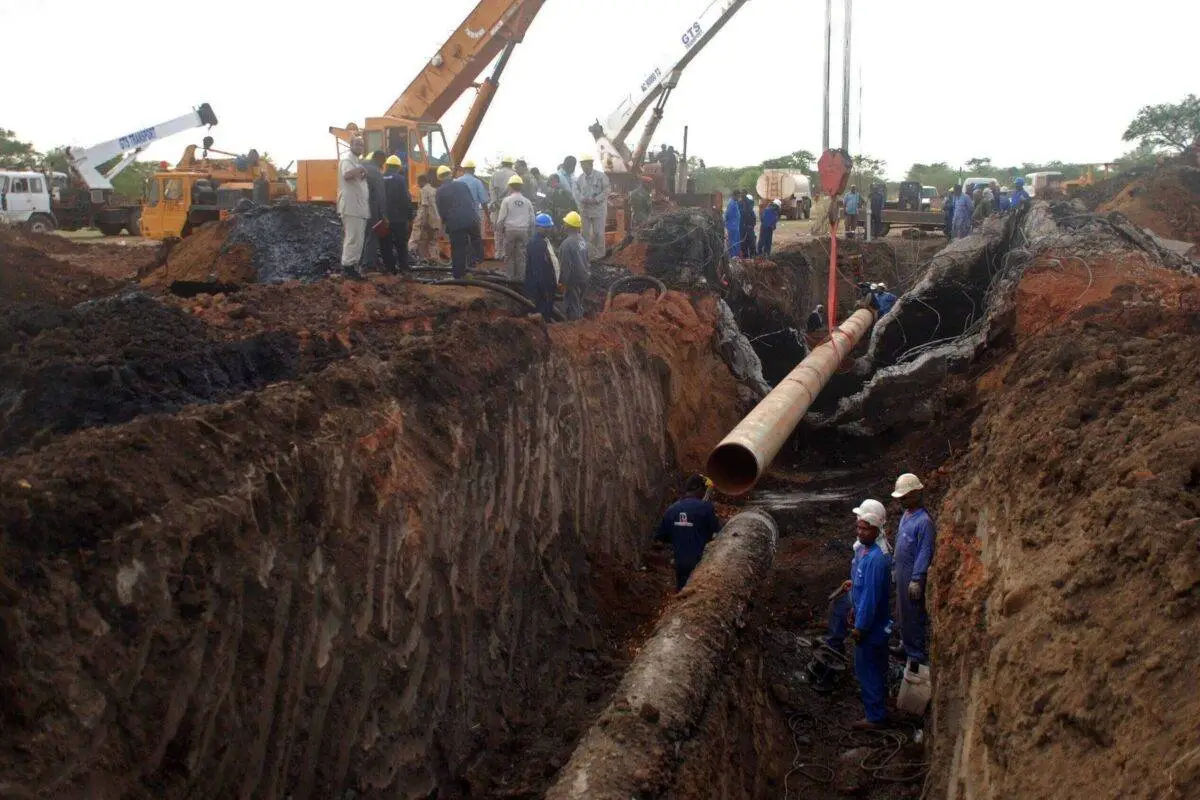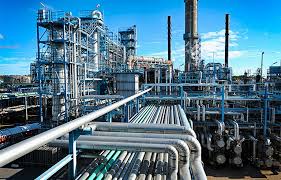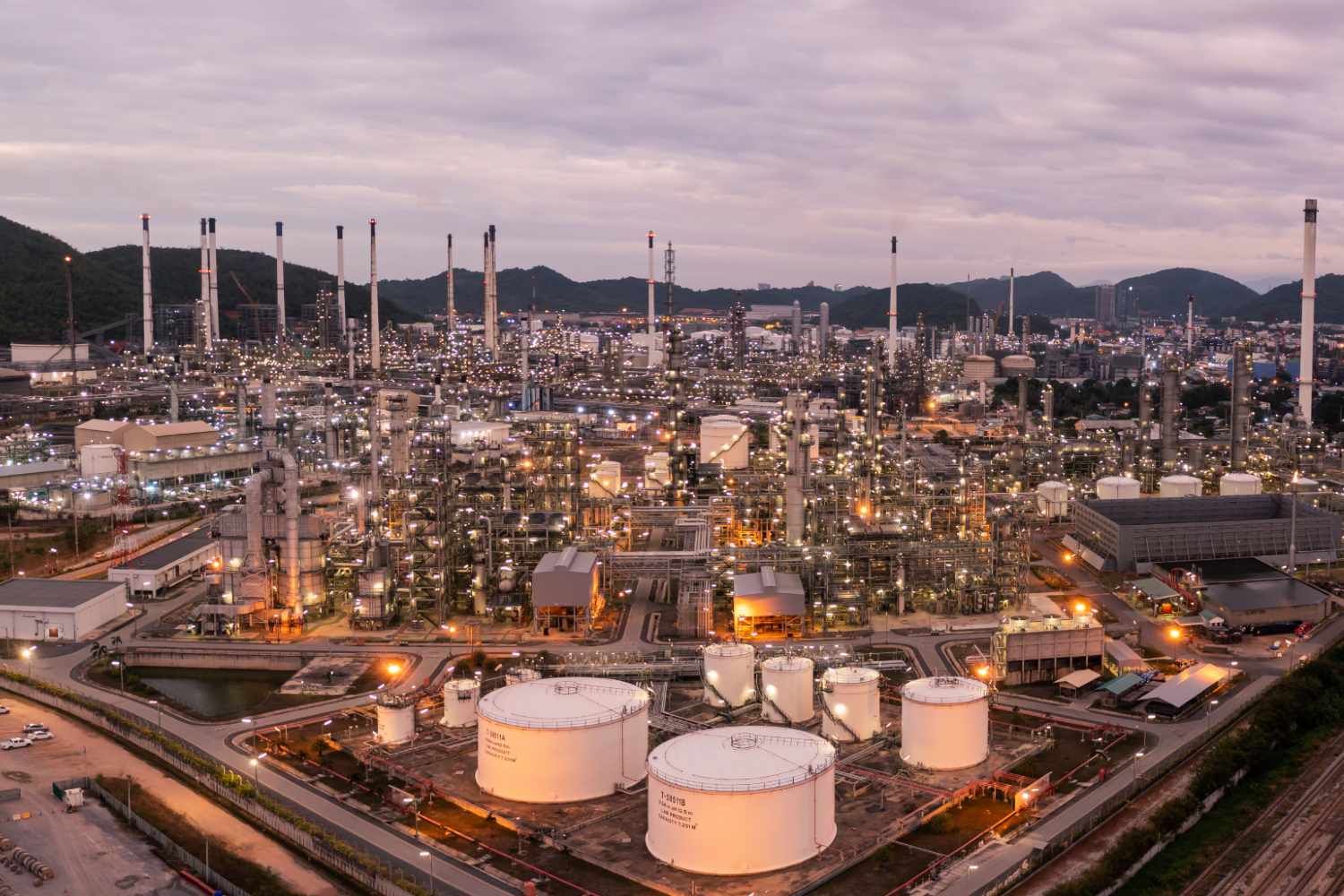Generation

Tanzania confirms new Natural Gas discovery in Mtwara region
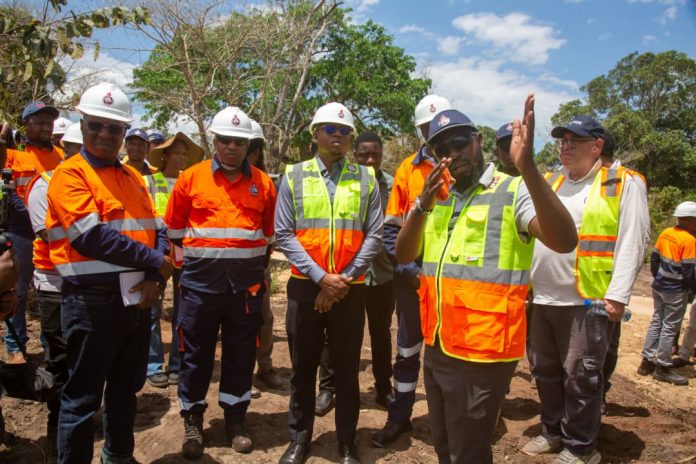
By: African sustainability matter
Tanzania recently announced the discovery of new natural gas deposits in the southern region of Mtwara, marking a significant step in the country’s broader strategy to expand domestic energy supply and position itself as a key player in the East African gas economy. The discovery, confirmed by the country’s Ministry of Energy following exploratory work in the Mnyundo and Mpapura villages, could deepen Tanzania’s role in regional energy security and provide much-needed support for its industrialization and climate transition goals.
The finding follows months of exploration across the Lindi–Mtwara Block, an area covering nearly 736 square kilometers and stretching across 48 villages, of which 40 are in Mtwara District and eight in Mtama District. During field assessments, researchers observed natural gas leaking from water wells, a strong geological indicator of deeper reserves. According to Dr. James Mataragio, Deputy Permanent Secretary in the Ministry of Energy, early seismic data shows up to a 32% probability of confirmed gas reserves beneath the surveyed area, a rate that places the discovery within commercially promising margins for onshore production.
The announcement arrives at a time when Tanzania is scaling up its energy ambitions. The country already sits on an estimated 57 trillion cubic feet of proven natural gas reserves, largely concentrated offshore in the Lindi and Mtwara basins. If verified, the new discovery could increase national reserves by several percentage points and reinforce the government’s drive to make natural gas a cornerstone of Tanzania’s National Development Vision 2050, which prioritizes energy access, industrial growth, and climate adaptation through cleaner fuels.
In a briefing following his site inspection, Dr. Mataragio underscored the growing domestic demand for natural gas. Industrial use has expanded by more than 25% over the past five years, driven by the rise of cement, fertilizer, and manufacturing plants along the southern corridor. Demand from power generation is also rising, with natural gas now supplying more than 60% of Tanzania’s grid electricity, replacing heavy fuel oil and reducing annual emissions from the energy sector. Gas is also being used in transport, particularly in Dar es Salaam, where over 1,000 public vehicles have converted to compressed natural gas (CNG).
The Ministry’s immediate focus is on accelerating exploration while ensuring local benefits. Dr. Mataragio emphasized that the state-owned Tanzania Petroleum Development Corporation (TPDC) must complete ongoing projects within set timelines to unlock new output. One of these projects, the Mnazi Bay gas field expansion, is now 68% complete. It aims to add an average of 45 million cubic feet per day in production capacity from two of its three wells, with the third well being used for further exploration in adjacent zones.
The expansion of Mnazi Bay and the new finds in Mtwara could strengthen Tanzania’s case for regional gas exports. Neighboring countries such as Kenya, Malawi, and Zambia are facing rising energy costs and limited supply options, opening potential market opportunities for cross-border pipelines or liquefied natural gas (LNG) distribution. At the same time, the government is under growing pressure to balance energy development with environmental accountability, as international investors increasingly favor projects that align with low-carbon transition goals.
The new discovery presents both opportunity and responsibility. Natural gas, while cleaner than coal or oil, remains a fossil fuel with significant methane emissions risks if poorly managed. For Tanzania, success will depend on how efficiently the country can integrate new gas infrastructure with renewable energy systems and how transparently revenues are managed to support long-term development. The challenge mirrors broader trends across Africa, where countries such as Mozambique, Senegal, and Mauritania are navigating the same balance between energy access and decarbonization.
The Tanzanian government has pledged to strengthen public awareness and community participation in upcoming gas projects. The Petroleum Upstream Regulatory Authority (PURA) has launched education campaigns to help local communities understand potential impacts and opportunities linked to extraction activities. As production scales up, equitable benefit-sharing, local job creation, and environmental safeguards will determine whether this discovery becomes a model for sustainable energy management or a repeat of the extractive patterns that have historically constrained inclusive growth.
With preliminary results already generating optimism, the coming months will be crucial as technical studies confirm the size and quality of the reserves. If estimates hold true, Mtwara’s new gas fields could cement Tanzania’s status as a regional energy hub, capable not only of meeting its own growing demand but also contributing to the continent’s wider goals of affordable, secure, and lower-carbon energy.




